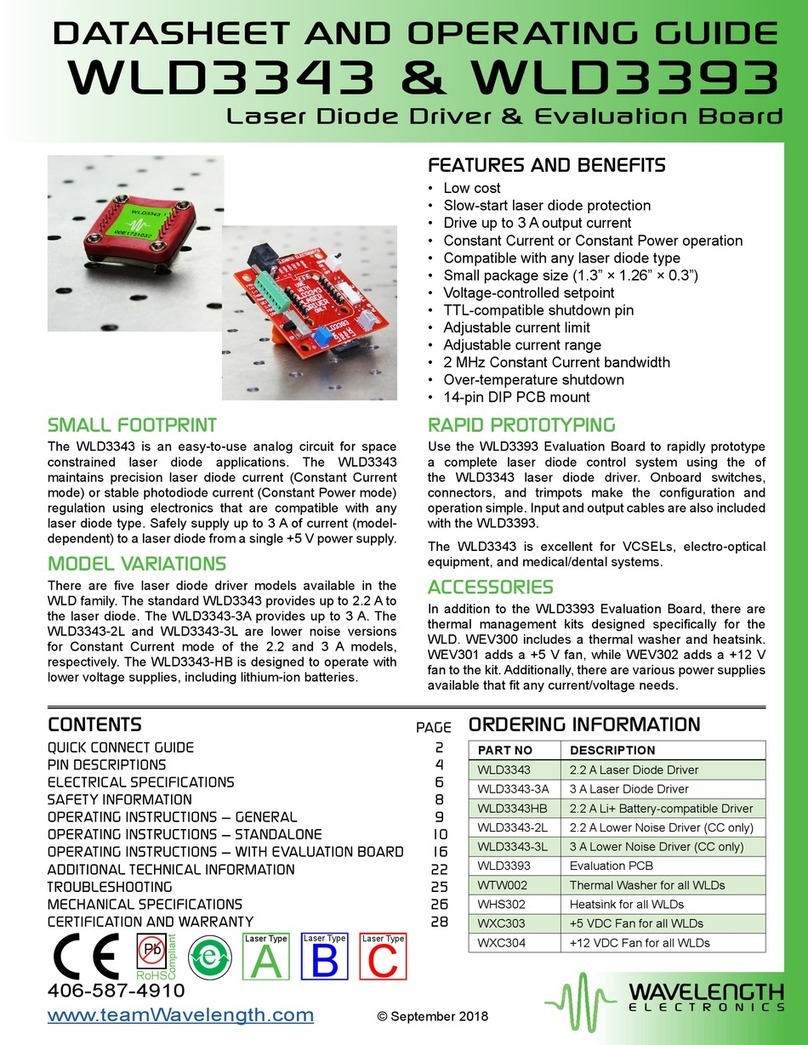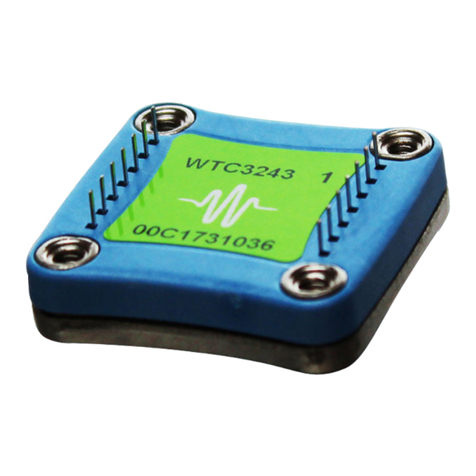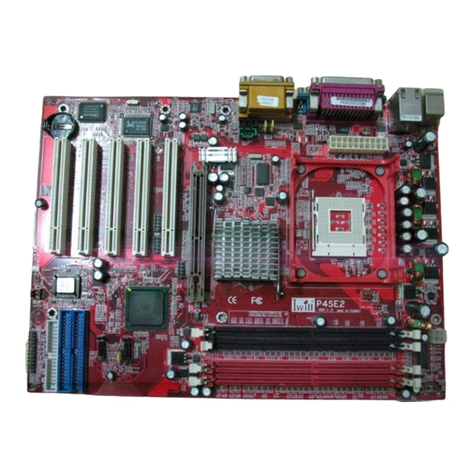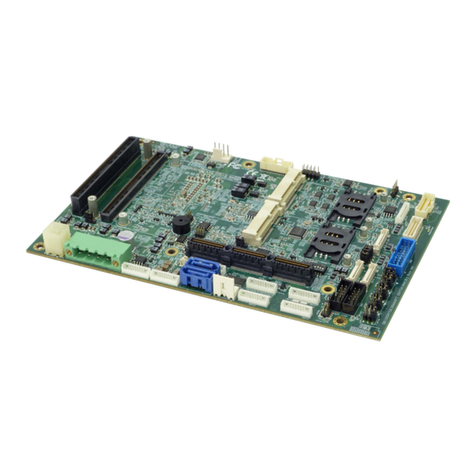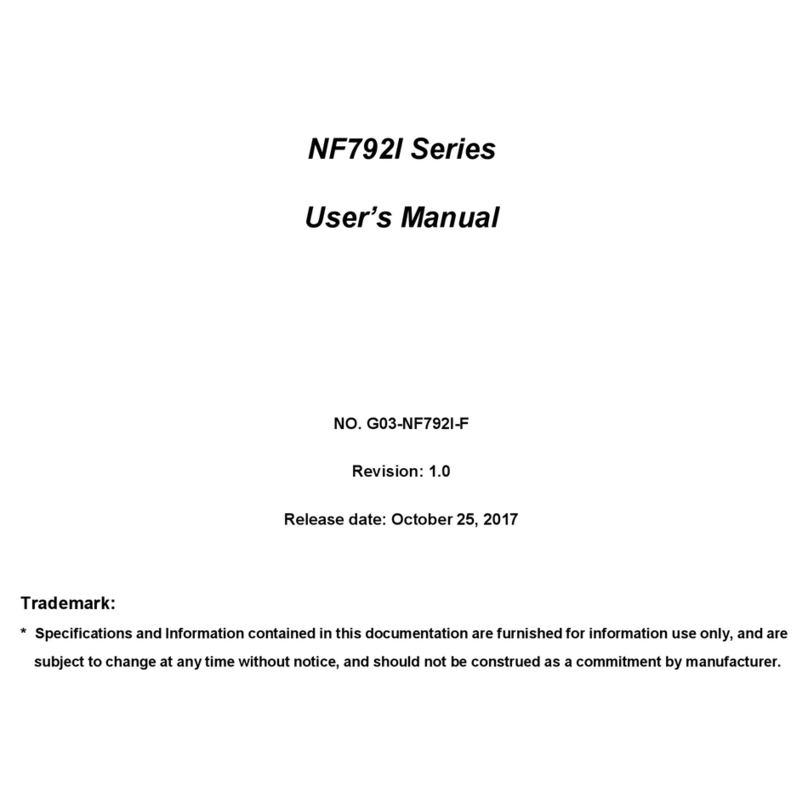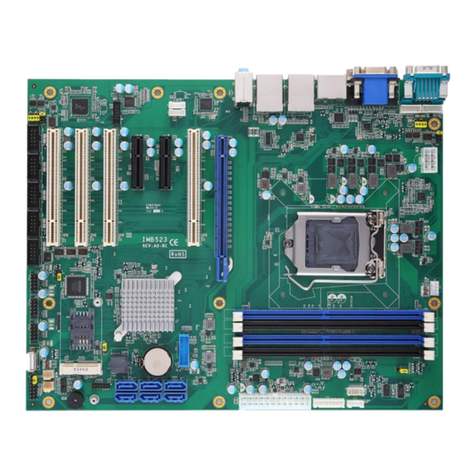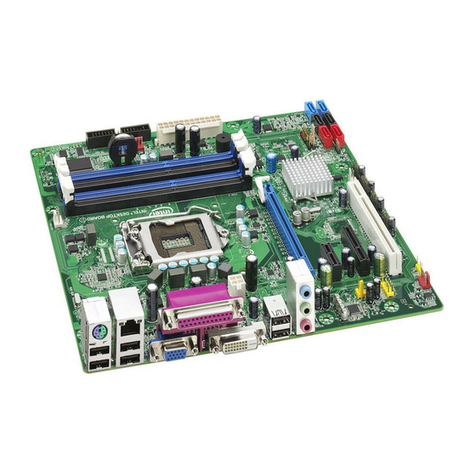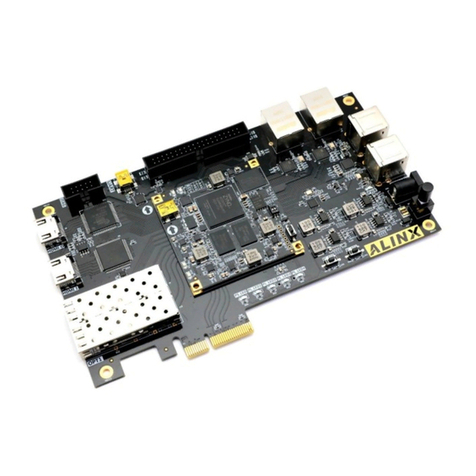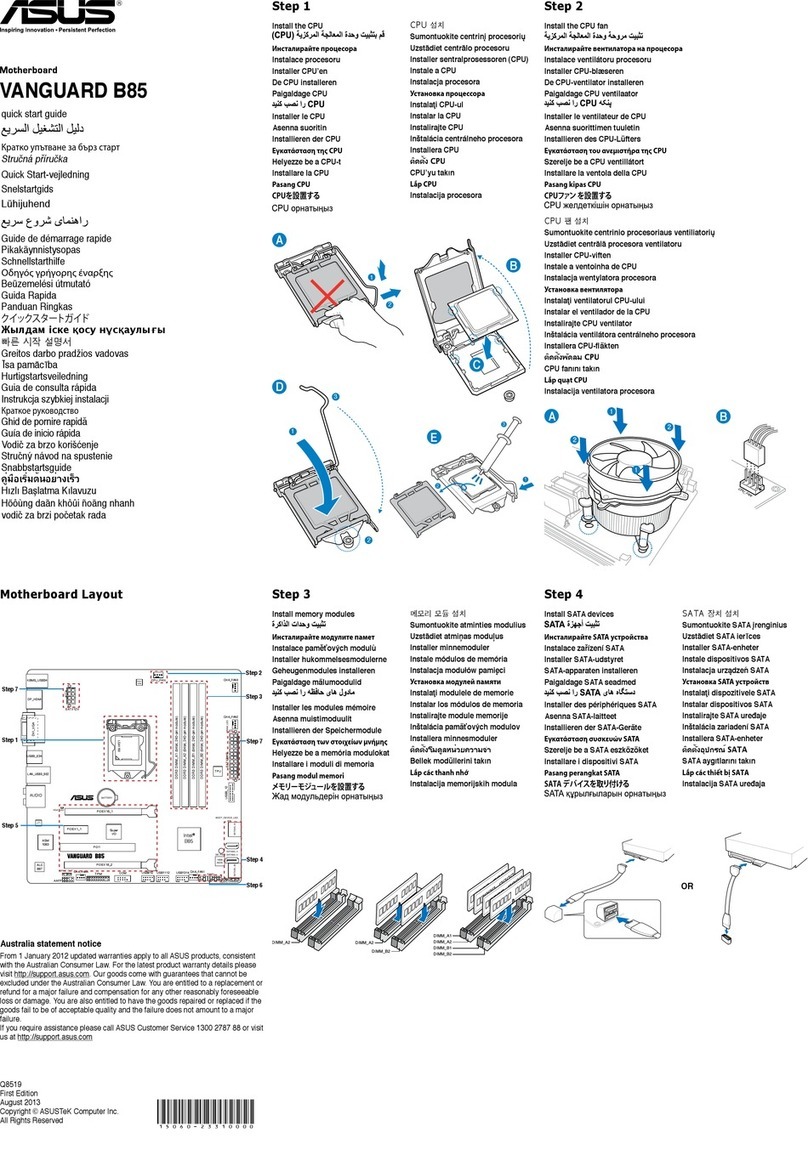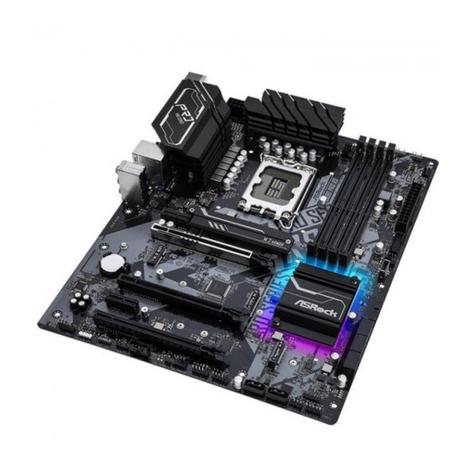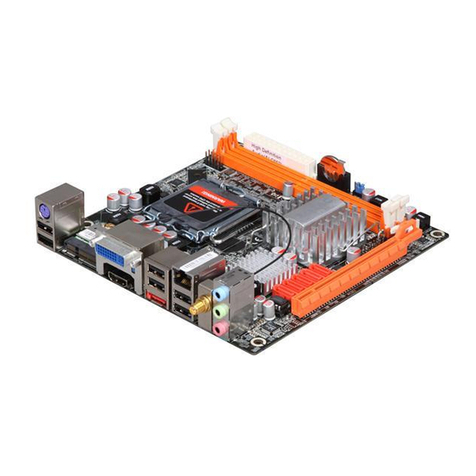
© 2022 www.teamWavelength.com 20
WLD SERIES LASER DIODE DRIVERS
IMON, PMON, and PDM allow for monitoring of laser diode
current and power intensity, depending on the selected
mode of operation. All three can be found on the terminal
block. IMON and PMON are duplicated on the input cable
(pinout in Table 9). The voltages at IMON, PMON, and PDM
are all referenced to the common terminal (COM) on the
input connector or the terminal block. A Molex 6-pin housing
(43645-0600) is the plug used for the input cable.
PIN # WIRE COLOR FUNCTION
1 Blue PGND
2 Orange VS
3 Red VDD
4 Black COM
5 White PMON
6 Green IMON
Table 9. Input Cable Color Code
• IMON provides a mechanism for externally monitoring
the laser diode current. IMON is available at all times
in both CC and CP modes. See Table 10 for IMON
transfer functions.
• PMON provides an external indication of the laser diode
intensity by measuring photodiode current. Since PD+
and PD- on the WLD33ND are shorted together in CC
mode, PMON will only monitor photodiode current in
CP mode. See Table 11 for PMON transfer functions
• PDM provides a mechanism for monitoring photodiode
current in either CC or CP mode. While PMON monitors
the feedback used by the control electronics to maintain
constant power of the laser, PDM is an external monitor
that is independent of the control electronics of the
WLD33ND. The transfer functions for PDM are the
same as PMON. PDM is accessible on the terminal
block.
FUNCTION MODE 200 mA
RANGE
2 A
RANGE
IMON CC / CP 106 mA / V 1.2 A / V
VSET CC 106 mA / V 1.2 A / V
Table 10. WLD33ND-EV laser diode current transfer
functions. Convert IMON and VSET voltage to laser diode
current.
FUNCTION MODE 200 A
RANGE
2 mA
RANGE
PMON CP 1 mA / V
PDM CC / CP 1 mA / V
VSET CP 1 mA / V
Table 11. WLD33ND-EV photodiode current transfer
functions. Convert PMON, PDM, or VSET voltage to
photodiode current.
The setpoint controls the output of the WLD33ND. The
setpoint voltage can be adjusted using the onboard
SET trimpot, applying an external setpoint voltage, or by
summing the two signals. The VSET SOURCE jumper
Figure 15 for its location). The sum of the external setpoint
voltage and the SET trimpot voltage can be adjusted
from 0 to 2.5 V. The transfer functions relating the VSET
voltage to the laser diode or photodiode current are given in
Table 10 and Table 11, respectively.
To use only the onboard SET trimpot, place the VSET
SOURCE jumper to the “T” position, and do not connect an
external voltage source to the SET terminal on the terminal
block. The SET trimpot will allow the setpoint to be adjusted
from 0 to 2.5 V.
To use an external voltage source summed with the setpoint
voltage from the onboard SET trimpot, place the VSET
SOURCE jumper to the “T” position. Connect an external
voltage source to the SET terminal on the terminal block.
The resulting setpoint voltage will be the sum of the voltage
dialed in using the SET trimpot, and the voltage applied to
the SET terminal.
To use only an external voltage source for the setpoint,
place the VSET SOURCE jumper to the “X” position and
connect the external setpoint voltage source to the SET
terminal on the terminal block. When the VSET SOURCE
jumper is in the “X” position, the voltage of the SET trimpot
on the WLD33ND-EV is ignored.
If an external voltage source is not available, but setpoint
adjustment needs to be external, a remotely located
potentiometer can easily be connected to the WLD33ND-EV
to adjust the setpoint. Connect the clockwise lead of the
potentiometer to the terminal position marked 2.5 on the
terminal block. Connect the counter-clockwise lead to the
COM terminal and connect the wiper to the SET terminal
and ensure that the VSET SOURCE jumper on the bottom
of the board is set to the “X” position. See Figure 18 for
external potentiometer
wiring.
NOTE: The 2.5 V
output can source
1.5 mA with a 5 V input.
resistance to prevent it
loading down.
Figure 18. External
setpoint adjustment.
(-)
(+) FAN
PMON
SET
2.5
PDM
COM
IMON
W
CW
CCW























